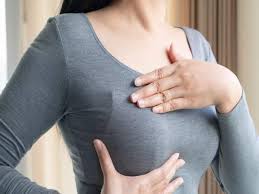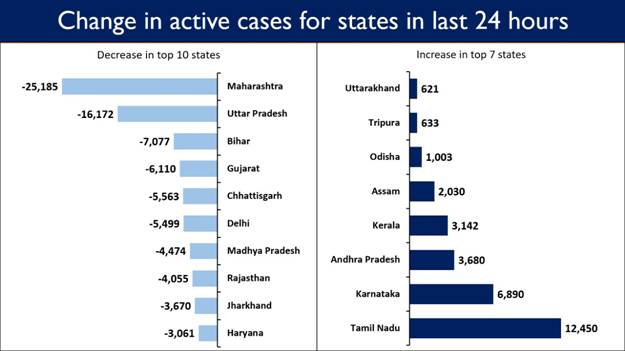A new study has uncovered nearly 200 chemicals used in food packaging materials, such as plastics and paper, that may increase the risk of breast cancer. This research, published in Frontiers in Toxicology, has raised concerns about widespread exposure to potential breast carcinogens, even in regions with stringent regulations.
The team behind the study found 189 potential breast carcinogens in food contact materials (FCMs), including 143 chemicals in plastics and 89 in paper or cardboard. Lead researcher Jane Muncke, Managing Director of the Food Packaging Forum, emphasized the significant opportunity for cancer prevention by reducing human exposure to these chemicals.
“This study is important because it shows that there is a huge opportunity for prevention of human exposure to breast cancer-causing chemicals. The potential for cancer prevention by reducing hazardous chemicals in your daily life is underexplored and deserves much more attention,” Muncke said.
Alarming Statistics
Breast cancer remains one of the most prevalent cancers globally. According to the World Health Organization (WHO), 2.3 million women were diagnosed with breast cancer in 2022, and 670,000 succumbed to the disease. It is the most common cancer among women and the second most common cancer worldwide.
The study compared a recently published list of potential breast carcinogens and narrowed the findings to chemicals detected in food packaging materials. Researchers found that 76 suspected mammary carcinogens from FCMs were still being used globally, with 80% of them originating from plastics.
Regulatory Gaps in Exposure Control
The study’s findings underscore a critical issue: people are chronically exposed to these carcinogens, even in highly regulated regions like the European Union (EU) and the United States. Despite existing regulations aimed at limiting carcinogenic substances in food packaging, this study highlights significant gaps in current frameworks.
“Chronic exposure of the entire population to suspected mammary carcinogens from FCMs is the norm and highlights an important, but currently underappreciated, opportunity for prevention,” the researchers stated.
This discovery calls for a reevaluation of safety measures in food packaging to ensure better protection against long-term health risks, particularly breast cancer. Researchers advocate for stronger preventative measures to reduce the presence of these chemicals in everyday products, urging both the scientific community and policymakers to address this public health concern.
Moving Forward
The study limited its analysis to the most recent data from 2020 to 2022 and examined products purchased from markets in highly regulated regions. Despite these controls, the pervasive presence of these chemicals suggests a pressing need for more rigorous safety evaluations and preventative action.
In the face of these findings, the research community is urging governments, regulators, and manufacturers to focus on reducing human exposure to breast carcinogens in FCMs. Addressing this issue could lead to significant progress in breast cancer prevention, highlighting the intersection of environmental health and cancer risk.
Conclusion
With breast cancer being one of the most deadly and common cancers globally, the potential link between food packaging chemicals and the disease demands immediate attention. Reducing the use of hazardous chemicals in everyday products could represent a major step toward cancer prevention, protecting millions from avoidable exposure to carcinogens.
The call for tighter regulations and enhanced safety protocols in food packaging is urgent, as the global population continues to face risks that are preventable through stronger health policies and consumer protection measures.












